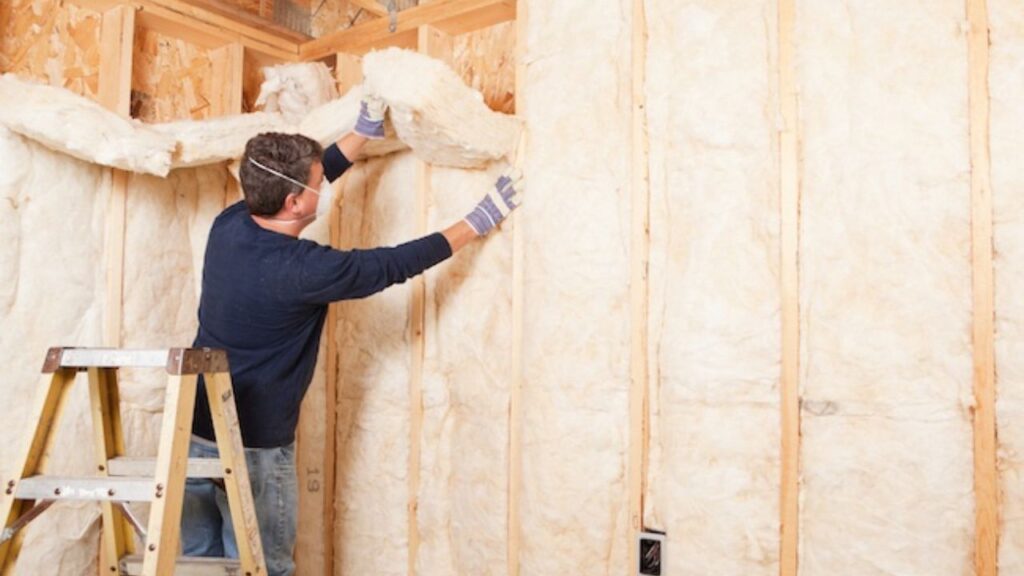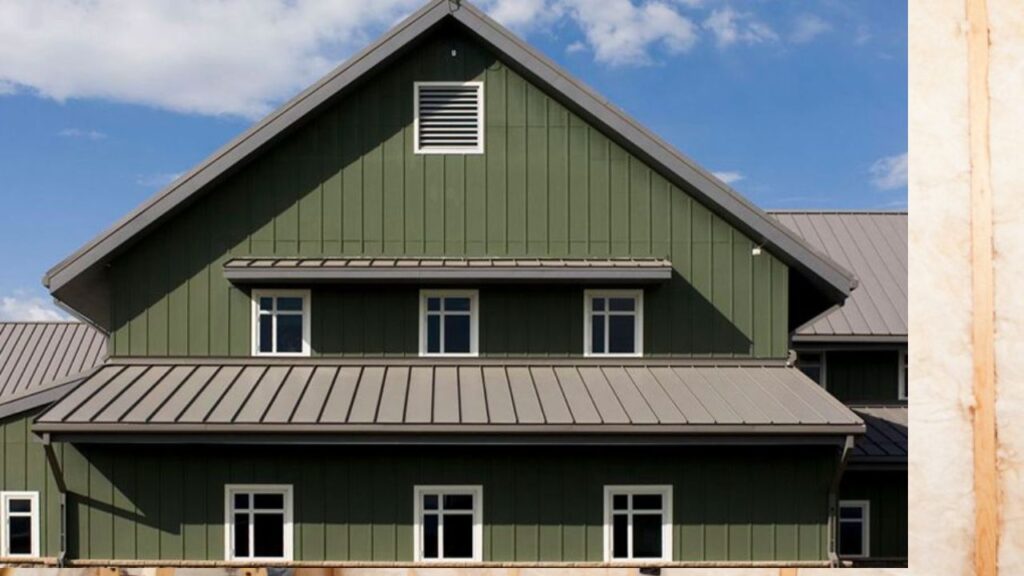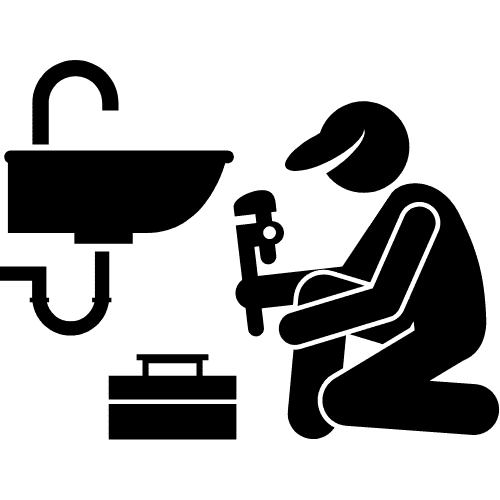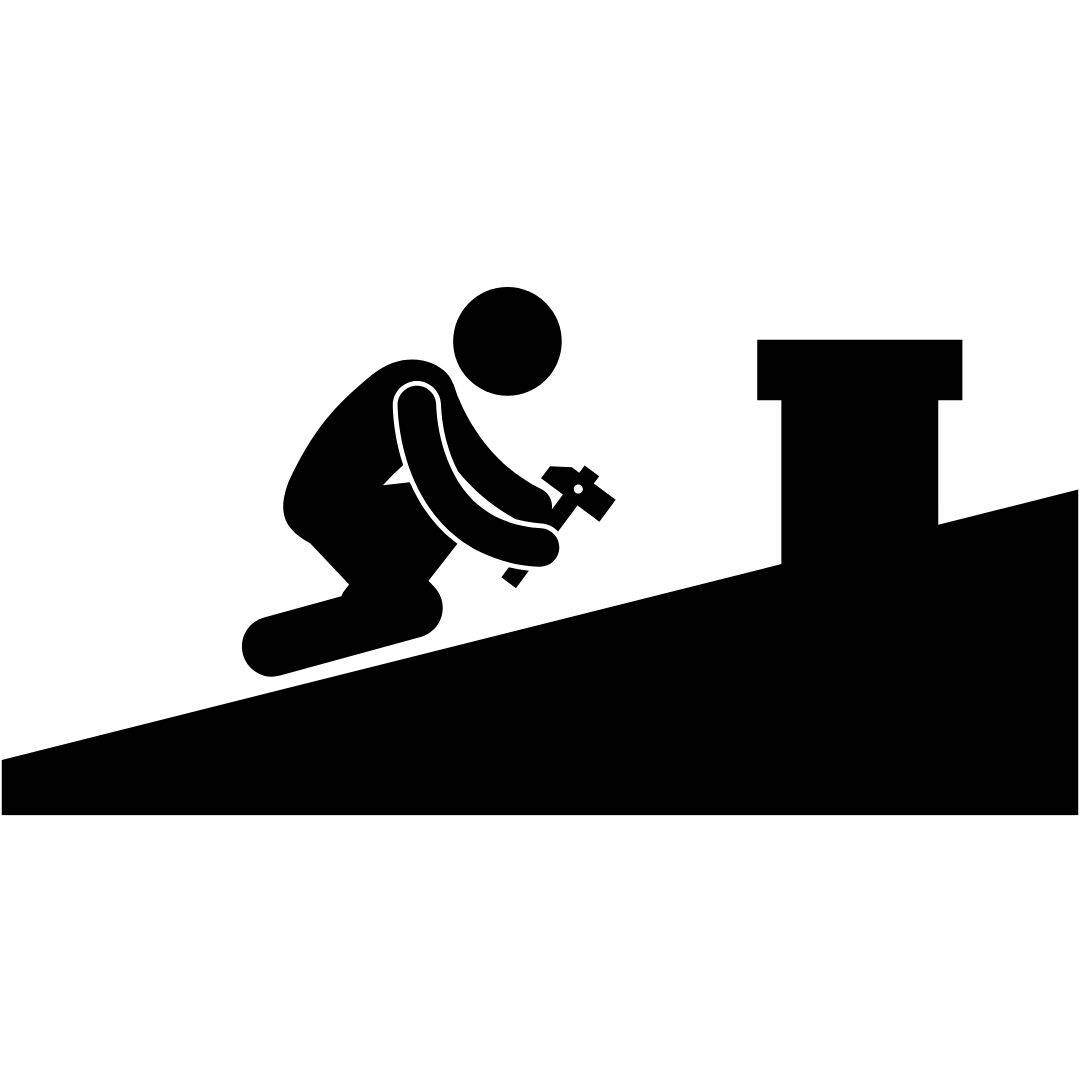Residential Takeoff For Insulation
We offer complete estimate solutions to homebuilders, owners, and contractors for commercial and residential new construction and retrofit projects, whether they are installing insulation in a new structure or repairing an existing insulating barrier.
Our Estimators have years of experience in estimating various types of insulation including fiberglass, mineral wool, cellulose or spray polyurethane foam insulation and meet the total requirements of the project and expectations of the clients.

Frequently Asked Questions ( FAQs)
Call Now: +1(561)530-2845
Call Now: +1(561)530-2845
Call Now: +1(561)530-2845
Residential Takeoff For Insulation
Fireproofing & Fire stopping Insulation Estimating
As prevention and protection professionals are involved in fire safety measures, the whole procedure thus demands great precision and attention to detail, beginning with the exact starting amount. Our skilled insulation estimators thoroughly analyze the plans to calculate the sprinkler heads, smoke detectors, and other fire protection devices and identify different insulation material kinds and fire ratings necessary for the particular circumstances and odd shapes.
We offer comprehensive fireproofing consulting services, including estimation and bidding proposal preparation. Our takeoffs provide a complete description of each line item, including building codes, insulation type, UL design, fire ratings, and thickness, as well as color-coded drawings that make it simple to interpret.
Roof Insulation Estimating
Many roofing contractors rely on our skilled estimators to provide them with high-quality services promptly. To make on-site roofing installation more manageable, we offer pricing estimates and comprehensive shop drawings.
We meticulously measure tapered insulation, metal roofing, fasteners, and other items to provide accurate roofing quotes while knowing the particular requirements of commercial and residential roofing environments.

To stay ahead of the competition, we produce a precise and accurate estimate with a defined scope of work to avoid unwelcoming events. Materials, labor, demolition expenses, permits, logistics, overheads, profit margins, and other factors are all included in our estimates.
Residential Takeoff For Insulation
Types of Insulation
-
Fiberglass
Fiberglass is the most common insulation material. It’s made from fine glass fibers and is most often used in batts, rolls and loose-fill insulation. Fiberglass is a skin and lung irritant, so always wear protective eyewear, gloves, masks and clothing when working with fiberglass insulation.
-
Cellulose
Cellulose insulation is made from recycled paper products. Manufacturers also add borate for fire and insect resistance. Cellulose insulation is usually a loose-fill insulation.
-
Foam
Foam insulation may be made from polystyrene, polyisocyanurate or polyurethane, which are all types of plastic. You can also install cementitious foam insulation, which is cement-based. Foam insulations can be sprayed or installed in rigid foamboards.
-
Mineral Wool
Mineral wool can refer to either rock wool or slag wool. Rock wool is a man-made material made from a combination of natural minerals. Slag wool is also a man-made material, but is made from a waste product of molten metal known as slag. Both mineral wool insulations are naturally fire-resistant. They come as batts, rolls and loose-fill.
-
Natural Fiber
Insulation can also be made from various natural materials, including cotton, sheep’s wool, straw and hemp. Typically, these materials are from recycled sources and are treated to be fire, mold and insect resistant.
-
Denim
Denim insulation is made from recycled jeans and post-industrial denim cotton. Denim is non-toxic and non-irritating, making it easy for DIYers to install. It's typically more expensive than fiberglass or other insulation materials.
-
The most common insulation materials are fiberglass, cellulose and foam. Home insulation types include any of the above materials in the form of loose-fill, batts, rolls, foam board, spray foam and radiant barriers.
Choose Your Trade & Get a Sample Project
Google Reviews



Process To Get Residential Takeoff For Insulation Cost Estimate Report
Here I am going to share some steps to get your residential takeoff for insulation cost estimate report.
-
You need to send your plan to us.
You can send us your plan on info@estimatorflorida.com
-
You receive a quote for your project.
Before starting your project, we send you a quote for your service. That quote will have detailed information about your project. Here you will get information about the size, difficulty, complexity and bid date when determining pricing.
-
Get Estimate Report
We do residential takeoff for insulation cost estimating and prepare a detailed report for your project. At last you finalize the report and finish the project.

















